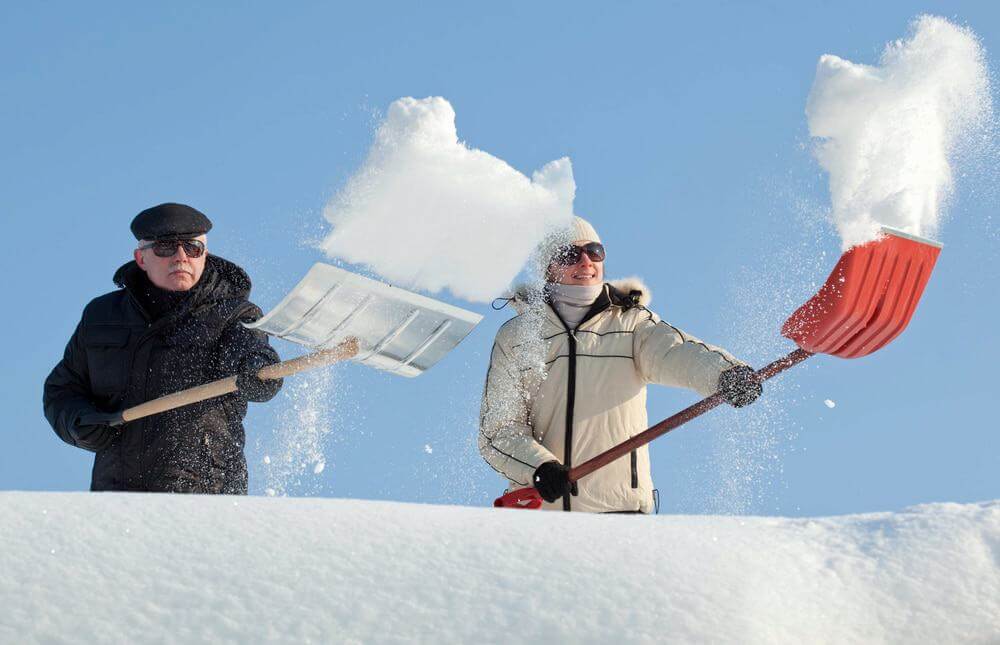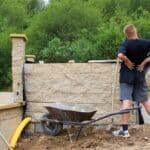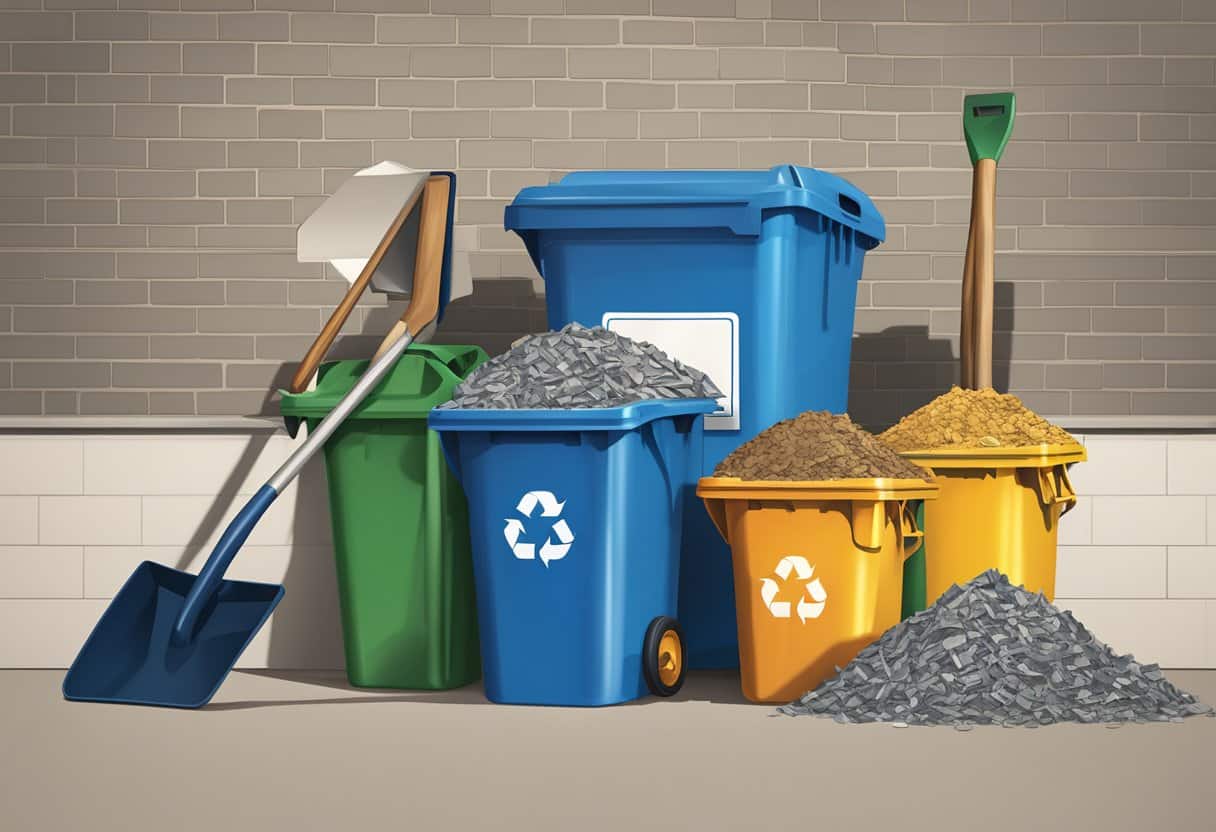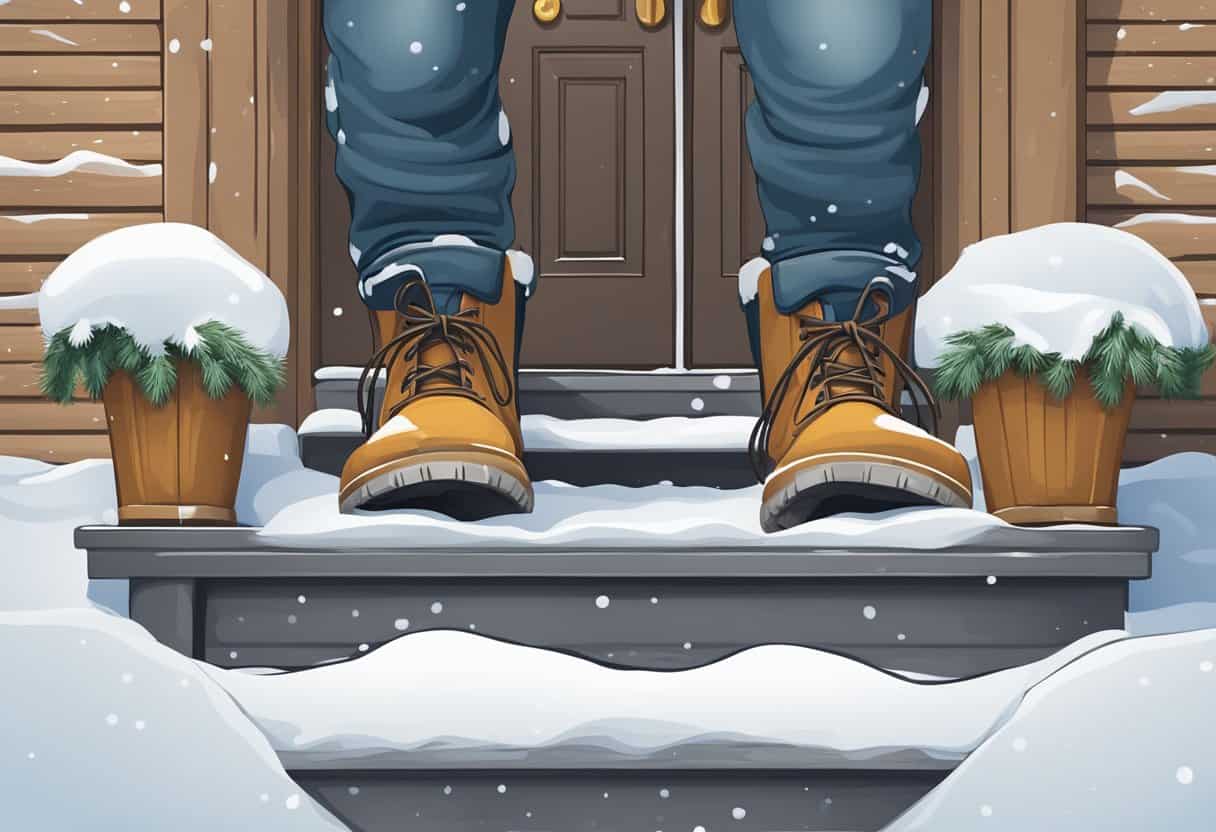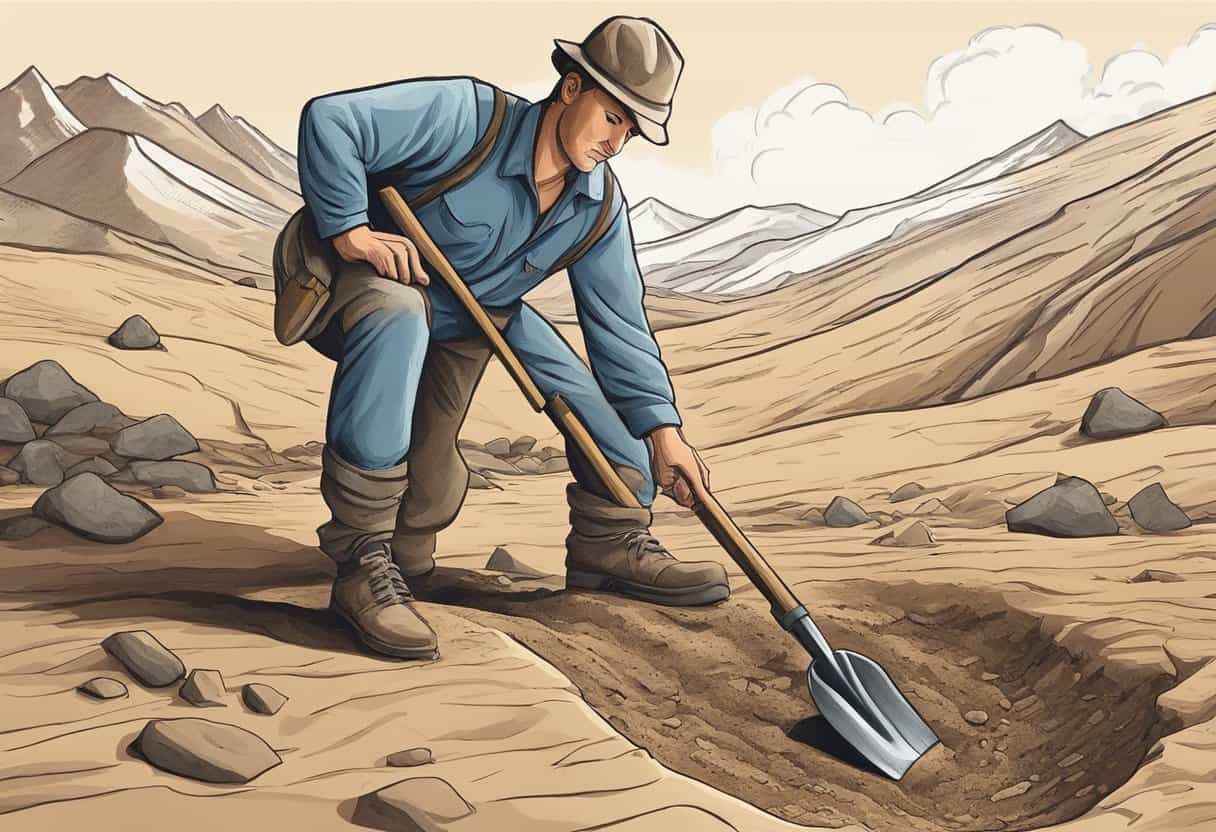When the season starts to change, and temperatures continue to drop, most people get their snow shovels from their garages and keep them ready.
Like you, they know that it’s only a matter of time until the snow falls from the sky and accumulates on their driveways and sidewalks.
For homeowners almost everywhere, shoveling snow is just a normal part of life.
Unfortunately, many do not know that shoveling snow can also cause a heart attack.
That’s right!
Even though shoveling snow off your driveway seems so harmless, the truth is that it’s more physically strenuous than running at a high intensity!
In this article, we’re going to explore the reasons why shoveling snow can cause heart attacks.
Then, we’ll look at a few ways that you can make snow shoveling much easier on yourself.
After all, someone still needs to clear all that snow!
Table of Contents
How Shoveling Snow Causes a Heart Attack
Here are the top four reasons why shoveling snow causes a heart attack:
1. Raises Heart Rate and Blood Pressure Quickly
Shoveling snow is a very physically-demanding activity in which most people do not even stretch and warm up their muscles and body before getting started.
We stretch before a run or play a sport but not when it comes to shoveling.
That’s a big problem, considering how snow shoveling is challenging enough to raise your heart rate and blood pressure very quickly.
That sudden rise in heart rate and blood pressure is dangerous, as it could cause your heart to go into overdrive and trigger a heart attack.
2. Cold Temperatures Cause Blood Vessels to Constrict
The climate makes the entire situation much worse for your body.
Aside from the sudden physical demand, the air around you and the air you breathe also freeze.
The cold constricts blood vessels, making it much more challenging for your blood to circulate throughout your body efficiently.
As a result, your heart has no choice but to work even harder to pump and circulate blood throughout your entire body.
That adds to the strain it’s already experiencing every time you lift a shovel full of snow and increases the possibility of a heart attack even more.
3. Heavy Use of Arm Muscles
When working a shovel, or any other kind of snow-clearing equipment, for that matter, you’ll notice that most of the energy you will utilize comes from your arms.
Please make no mistake about it!
Snow shoveling is not a whole-body exercise.
Instead, it places a heavy burden on your arms to lift that shovel full of snow repeatedly until the area is clear.
Everyday people do not have muscular arms that are well-conditioned for snow shoveling in particular.
So, as you might imagine, the activity becomes much more strenuous and places a heavier burden on your heart as well.
4. Pushes Your Limits Too Far, Too Fast
Lastly, it’s important to remember that most regular people who shovel snow aren’t exactly in peak physical condition.
They’re just ordinary people who have no choice but to clear the snow that’s built-up on their driveways.
So they pick up their snow shovels and get to work.
Unfortunately, doing that suddenly pushes their physical limits from 0 to 100, putting incredible stress on their hearts and potentially causing a heart attack.
The situation is also made worse with people who already have pre-existing medical conditions.
Many people are already at high risk of cardiovascular problems like heart attacks.
Suddenly pushing themselves by shoveling snow can trigger the heart attack that’s already been waiting to happen.
How to Reduce the Risk of a Heart Attack while Shoveling Snow
You may feel disheartened to learn that shoveling snow can cause heart attacks.
Gratefully, you can take a few steps to reduce the risk of it ever happening to you.
Prepare to Shovel Snow
A. Warm-up
Shoveling snow is a physically-demanding activity, so you should treat it like any other sport you may play.
Do stretches while putting on your jacket, scarf, boots, or walk around the yard when you get outside.
Just take five minutes and ensure you spend some time warming up before you begin doing the bulk of your shoveling.
Alternatively, you can do the above warm up and start your shoveling, moving a small amount of snow and at a slower rate.
That’s a low-intensity version of what you’re going to be doing, and it should get your muscles ready for action!
B. Do It in the Afternoon
There is a saying about shoveling that states you should not shovel snow first thing in the morning.
This saying came to be for two reasons.
- Outdoor temperatures are much lower in the morning than in the afternoon when the sun’s been up for a while.
- Your blood is more likely to clot first thing in the morning, making your heart attack risk greater.
So, start your day like you usually do and save the snow shoveling for later in the day.
C. Ask For Help
You can share the task of shoveling all that snow with other family members, or you could even hire someone else to do it for you.
Sometimes, you might be able to find one of your neighbors or a community program who is willing to help you out with all your snow shoveling.

